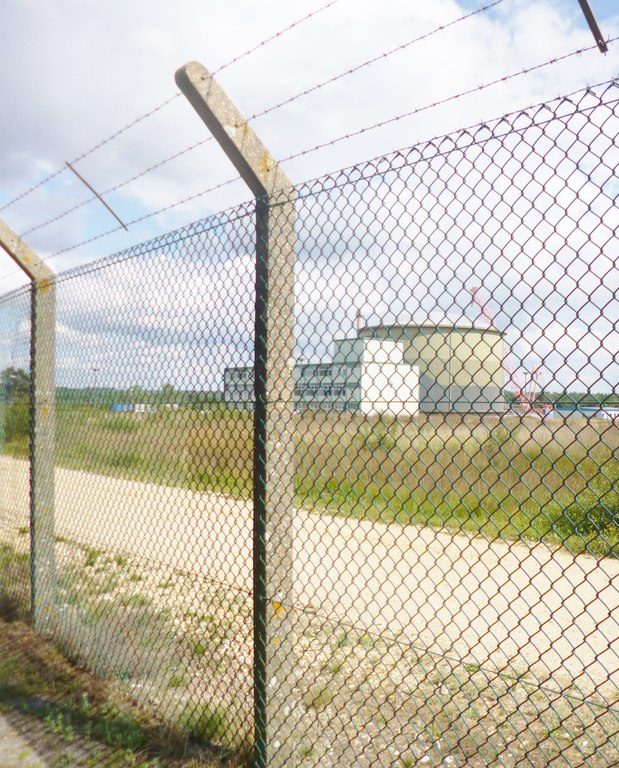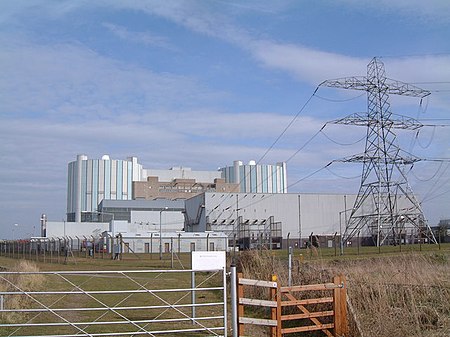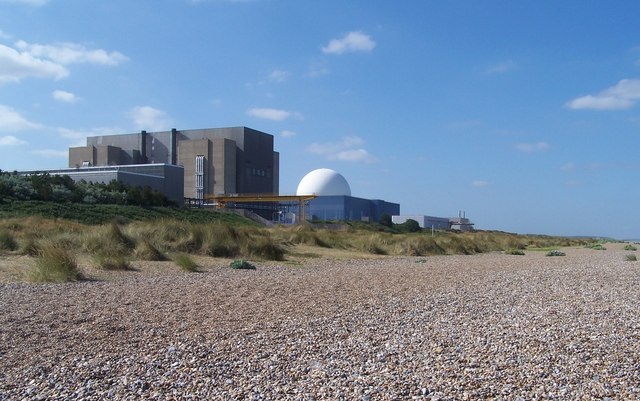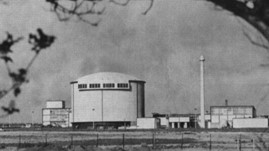Table of Contents
What is Coolant?
Stability and safety are crucial to the function of a nuclear reactor, coolant plays a pivotal role in this. As the reactions occur in the core of a nuclear plant, it produces heat. If this heat is not managed, the chain reactions would continue exponentially. The function of a coolant in a reactor is to prevent this, the coolant removes heat from the reactor core and transfers it to the secondary circuit for electricity generation.
There are multiple types of coolant, each with its own advantages and disadvantages and its selection is dependent on factors such as reactor design, safety considerations and intended reactor purpose.
Light water, composed of two hydrogen atoms and one oxygen atom (H2O), is a common and versatile coolant utilized in nuclear reactors, including both pressurised and boiling water reactor designs.
Advantages:
- Light water serves as both an efficient coolant and moderator within the reactor.
- Widely available and cost-effective, light water proves to be an economical choice for reactor cooling systems.
Disadvantages:
- With a lower boiling point compared to some alternatives, light water imposes a restriction on the maximum operating temperature of the reactor.
Heavy water refers to deuterium oxide, D2O, which is two deuterium atoms and one oxygen atom. Deuterium is double the mass of hydrogen, hence the name ‘Heavy Water.’ Heavy water has a higher density (higher than light water) and specific head capacity, thus making it efficient at absorbing and carrying heat in CANDU reactors.
Advantages:
- Heavy water has a higher density and specific head capacity than light water, thus the reactor can function at higher temperatures.
- Heavy water can be both a coolant and a moderator.
Disadvantages:
- Heavy water is expensive to produce, thus affecting the overall cost of operation.
- Deuterium is rare, increasing the cost and decreasing ease of use.
Helium (He) is a clear and odourless gas with the lowest boiling and freezing points of any other known substance. Helium has both high thermal conductivity and specific heat, along with its chemical inertness (un-reactiveness), Helium is an attractive coolant for high temperature gas cooled reactors.
Advantages:
- Due to its low boiling and freezing point, it remains a gas at all temperatures and pressures needed.
- Helium’s chemical inertness provides advantages in safety as it is highly resistant to corroding the reactor components over time.
Disadvantages:
- Helium has the weakest heat removal and retention properties.
- In the current market, Helium shortages can occur, resulting in it being harder to acquire and costing more to do so.
Carbon Dioxide, CO2, is a colourless gas made of one carbon atom and two oxygen atoms. CO2 is used as a coolant in advanced gas-cooled reactors. CO2 has a high specific heat capacity and high thermal conductivity which makes it very efficient to transfer heat.
Advantages:
- CO2 is less reactive than water when used in a cooling system, thus is inherently safer.
- CO2 is more flexible surrounding operating pressures and temperatures, thus creating a more stable system.
Disadvantages:
- The use of CO2 as a coolant results in a lower power density than water, thus requiring larger reactors and reduced efficiencies.
- CO2 leaks are harder to detect without equipment as it is a clear gas, however infrared sensors are easy to use to detect these and provide rapid measurements.
Case Studies
Winfrith Nuclear Power Station
Following its opening in 1957, Winfrith became a centre for research and development. This included the main design which demonstrated a steam-generating heavy water reactor which provided power to the national grid and is currently undergoing decommissioning. This reactor was designed by the UKAEA, and looked to combine characteristics from both the CANDU reactor and PWR.

Oldbury Nuclear Power Station
Oldbury is a Magnox power station that is currently being decommissioned. During its life, Oldbury’s reactor was cooled by CO2 and produced enough electricity in a day to supply an area twice the size of Bristol. Oldbury was one of the last of the Magnox fleet to be built, beginning its service in 1967 and its production completing in 2012.

Sizewell B
Sizewell B is the UK’s only PWR, cooled by light water. Since its launch in 1995, it has generated 250 TWh of zero carbon electricity. Initially, the reactor was designed in the 1970’s, since then there have been modifications such as a passive Emergency Boratian System. Sizewell B has a target for a 20-year life extension beyond the current 2035 closure date.

The Dragon
In the 1960s twelve countries banded together to create the first experimental high temperature gas-cooled reactor (HTGR) called The Dragon. This reactor utilised Helium as the reactor coolant and was operated successfully between 1966 and 1975. In principle, the project demonstrated better thermal efficiency, inherent safety, and lower power unit costs and some of the concepts used are being considered to be utilised by small modular reactors (SMRs).

Explore Further
Choose from the articles below to continue learning about nuclear.
Reactor Core – The beating heart of a nuclear plant
Control Rods – How to control a nuclear reactor
Nuclear Fuel – The source of incredible energy
Neutron Moderators – The secret to sustaining chain reactions
Did you know? Explore Nuclear also offers great careers information and learning resources.
Below you can find references to the information and images used on this page.
Content References
- Coolant, NRC
- Nuclear 101, Energy
- Introduction to Water Reactors, Imperial
- FAQ, Department of Atomic Energy
- Heavy Water, Britannica
- Carbon Dioxide, UCAR
- CO2 Sensors For Nuclear Power Plant Safety, Edinburgh Sensors
- Why is CO2 the most efficient coolant, ISA
- Helium, Britannica
- Benefits and Challenges, Gen 4
- Helium as a Reactor Coolant, OSTI
- Nuclear Reactor Coolant, Wikipedia
- Winfrith, Wikipedia
- Sizewell B, EDF
- Oldbury, Wikipedia
- Oldbury – a tour of a decommissioned nuclear power plant
- The Dragon Project, OECD
Image References
- Winfrith Image by ONR is licensed under CC BY-SA 2.0
- Sizewell B Image by Ivor Branton t is licensed under CC BY-SA 2.0
- Oldbury Image by David Exworth is licensed under CC BY-SA 2.0
- The Dragon Project Image by OECF is licensed under CC BY-SA 4.0
- Water Drop – Free to use
- Water Bubbles Under the Sea – Free to use
- White Dust Particles on Black Background – Free to use
